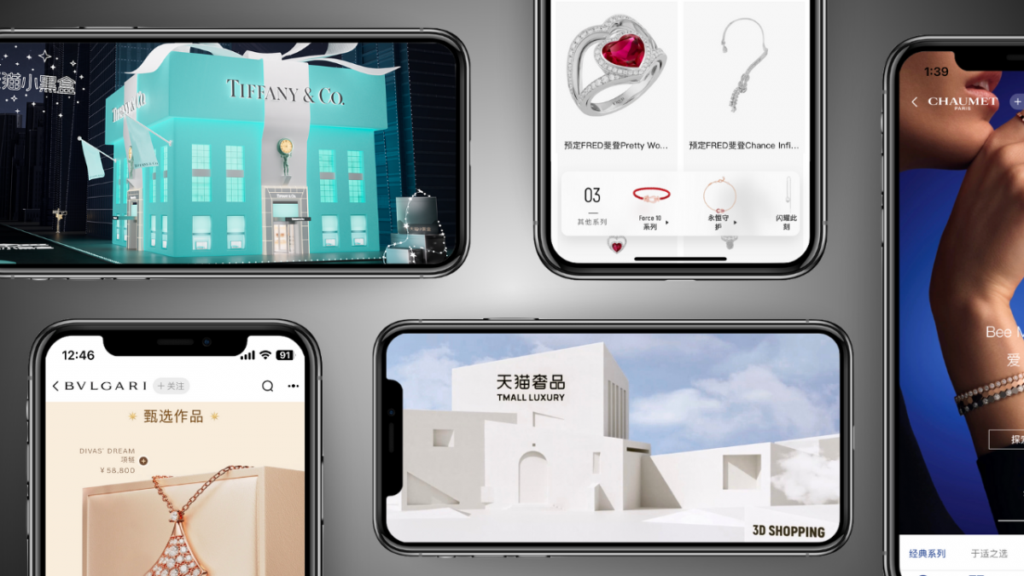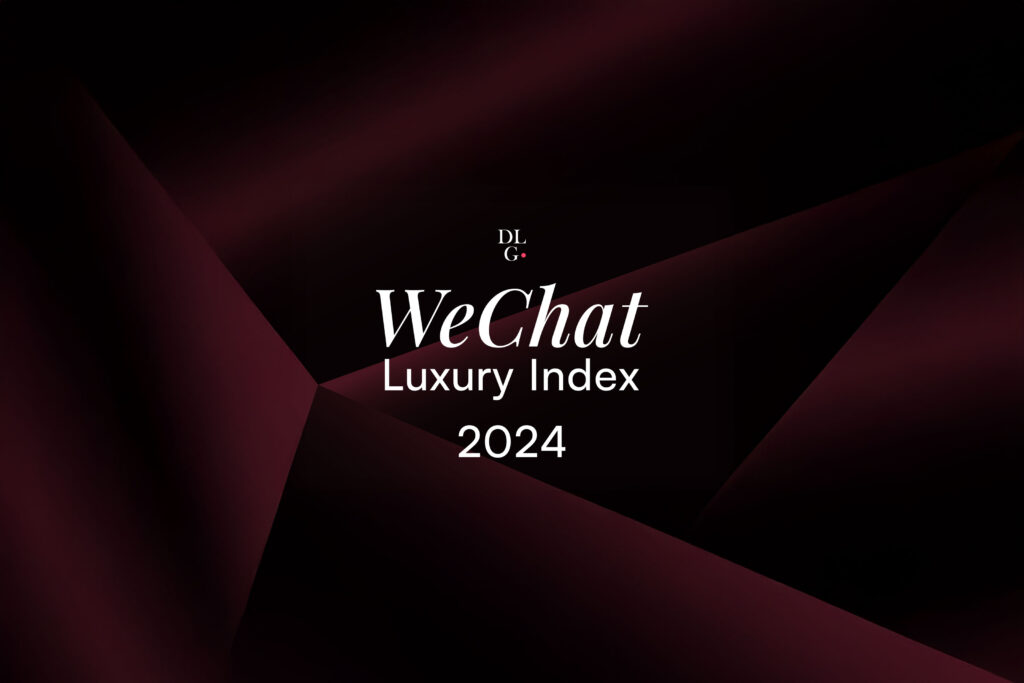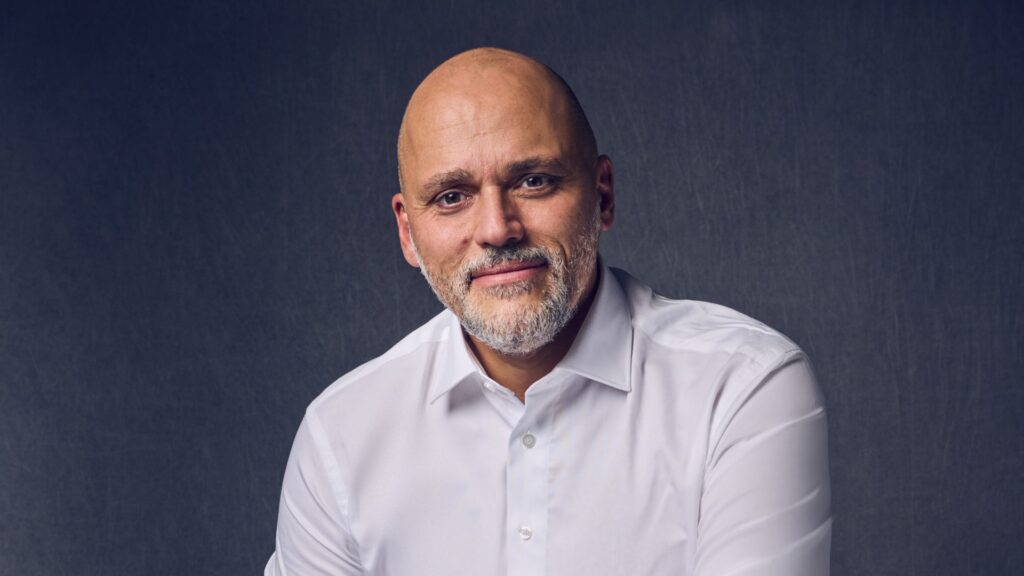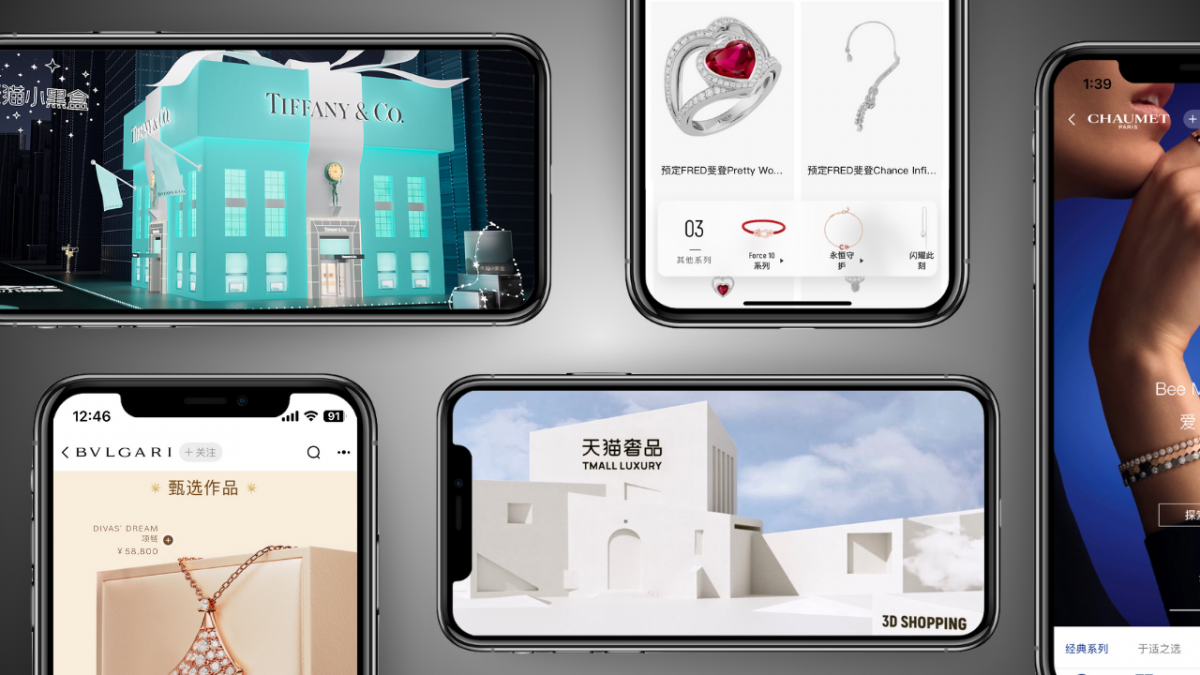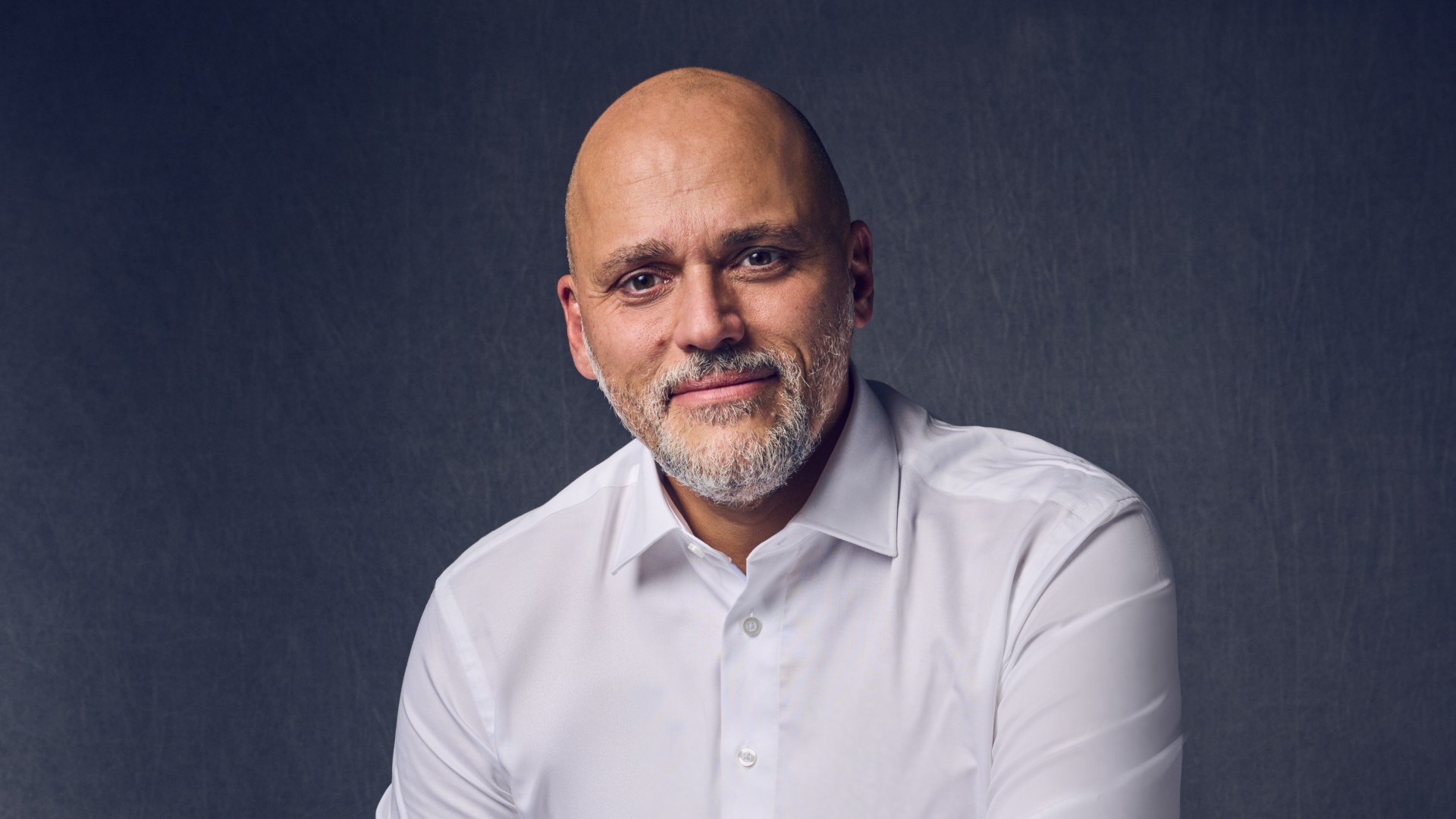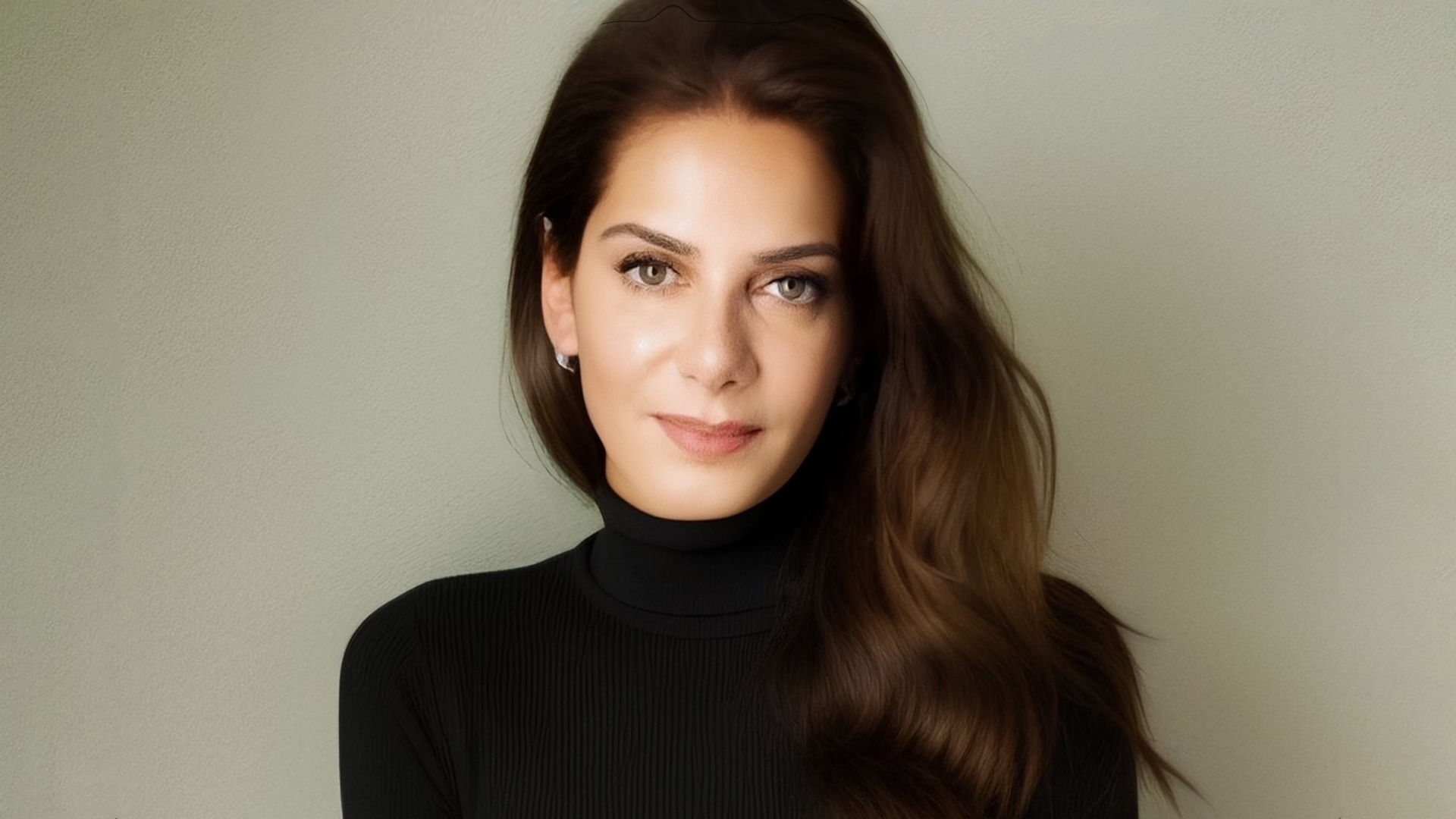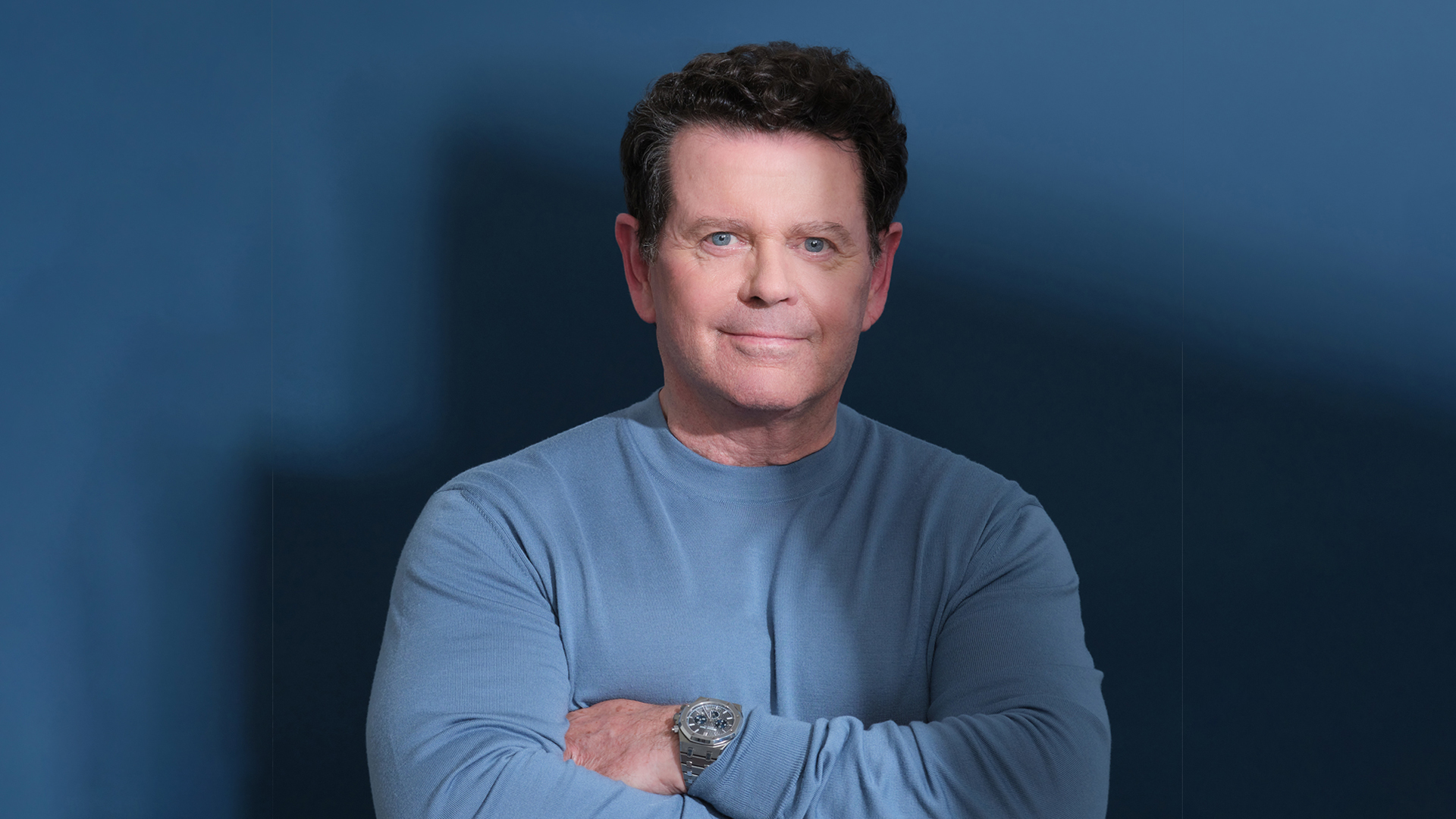
Fabrice Paget explains that digital success is more than being ‘friends’ with people on Twitter and Facebook and why design alone is no longer enough
Fabrice Paget explains that digital success is more than being ‘friends’ with people on Twitter and Facebook and why design alone is no longer enough
The second in a series of conversations with our Corporate Members, where we will explore and discuss the future of the luxury industry, we spoke with Fabrice Paget, one of three co-founders of creative consultancy Napkin London.
An MBA graduate from MIT Sloan School of Management, Fabrice has worked in marketing and creative positions for De Beers, Fabergé and Cartier, developing everything from global campaigns to best-selling products. His experience, with both the business and creative aspects of luxury, led him to launch Napkin London in 2006, alongside still life photographer, Tom Dobbie, and design consultant, John Cameron. Both graduates of the Glasgow School of Art, whose previous clients have included Rolls-Royce, Dom Perignon, Vogue and DeBeers.
The agency was born from the belief that the special nature of luxury brands demands a tight-knit operation of skilled specialists and as a consequence, Napkin clients only deal with the principle partners in the consultancy, in complete discretion. We caught up with Fabrice to talk about the way communications has evolved for the haute jewellery and Horlogerie sector, and how he feels brands are engaging the digital revolution.
What are some of the key changes you have observed, in the way luxury jewellery and timepiece brands communicate, in the last ten years?
The key change in communications I have noticed is brands developing their own magazines, particularly in the last ten years. Looking at the present, nearly every luxury brand is doing their own lifestyle magazine to try to communicate their values beyond product. Obviously they all have different takes on it, like the way Cartier does with Cartier Art is different to Omega Lifestyle and the last one is Mir Fabergé, which is an iPad magazine.
The other thing I find interesting is that ten or twenty years ago, the communication paradigm was about the product speaking for itself. Advertising was a stunning visual of the product and logo and that was considered enough to convey everything that the brand was about and the messages. Now we have started to see brands re-introducing copy, because there are things that just cannot be told visually. In a way there is a shift from the idea that brands are just about design to other messages, whether it’s about craftsmanship or lifestyle, there is an introduction of storytelling and copy that wasn’t there twenty years ago.

An example of one of Napkin’s specialities: hypermacro photography for fine jewellery
And do you think that has something to do with the value shift post-recession, where customers are looking for brands with more substance and meaning?
The environment has changed immensely, customers today need to see value for money – design is not enough alone. Previously to have a beautiful object, you had to go to a luxury brand and it was expensive – whether it was fashion, furniture, jewellery or watches.
Whereas now we have fast retail, fast interior design and to an extent, fast jewellery, where you can get something that is beautiful, but it’s cheap. So if you are a luxury brand you have to be able to justify the amount of money you are charging, by something other than design. That’s why I think messages in luxury communications are moving towards craftsmanship, artisanal values and provenance, particularly made in Europe, and that requires text.
I think one of the only brands that has managed to create very striking visuals is Louis Vuitton, with some of its latest campaigns, where you actually see the craftsmen at work.
And also this year they will open up their ateliers to the public…
Definitely. As a client, as a luxe client, this is something I want to know about: that I am getting craftsmanship, that other levels in the market are not able to provide me. In the current climate brands need to communicate value for money, this doesn’t mean saying ‘items are cheap’, it’s not about price. Instead it’s about saying ‘you are getting something special for your money’ – whether that is a craft, legacy or provenance, the client needs to know they are getting something of unique value with their purchase.

Napkin are responsible for designing Fabergé’s corporate identity
How has their message changed now that they are engaging digital?
I’m not sure they have changed enough actually, I still think brands are communicating using digital mediums as they would communicate on paper: a top down message, a mass message. They are yet to grasp the fact that digital allows you to have personal, one-to-one relationships with millions of people, thousands of potential clients. I’m actually a little critical because the higher up you go in terms of price, particularly high jewellery, you cannot sell a piece of jewellery without the client having a personal relationship with someone within the brand – usually a sales person.
One of the biggest frustrations of high-end luxury clients today, is that they are no longer treated personally and in their minds they are special, they are not the same as everyone else. Brands need to understand this, to leverage this and grasp this. Working in the digital world allows you to build one-to-one relationships, in a way that conventional media never allowed. That doesn’t mean you should go on Twitter and Facebook and be ‘friends’ with people, because at the end of the day a client is not a friend, it’s a client. But the technology is there for brands to start thinking about these things and allow such relationships to build.
Thinking about your comment regarding clients vs. friends, there are now luxury brands with over 6 million Facebook followers, what is the value of this to a brand?
I think it depends on what kind of product and what kind of purchase there is. There are some product categories and sales situations that are purely aspirational, and if I am making an aspirational purchase (typically sunglasses or perfume), being able to connect with the brand satisfies my aspiration. From that perspective, having that many people follow you on Facebook or Twitter is probably a good thing.
However, if I am a haute jewellery client, I am not making an aspirational purchase. I will stand above the brand, socially, therefore I would not consider connecting with the brand something special or something that is necessary. I definitely don’t see the brand as a friend. If I am selling high jewellery, to be on Facebook is probably pointless, as this does not satisfy the needs of my clients.

An image from Omega’s worldwide advertising and print campaign
Looking at communications from a high jewellery and watch perspective, which is the most exciting modern medium for engaging consumers?
The one I find most interesting is the tablet, because it introduces touch to communications. This is the only media that you can provide a tactile interaction with the brand or products you are trying to communicate. Because you are engaging three of the five senses, you are going to build a stronger bond with the client than what print media can achieve – but it must to be approached first with the concept of touch, not just adapted from a print magazine.
What do you see for the high jewellery and watch market in terms of change in the next five years?
Obviously change is impossible to predict but I think we will continue to have a polarisation in Europe and the US, where the middle market will shrink and clients will either go to fast retail or high luxury. I feel that the brands in the middle will continue to suffer. Clients will shop at Topshop, Hermès and not in between.
In Asia I feel like it is a different story, particularly in China where the market is still maturing, but I expect to see the emergence of strong Chinese domestic luxury brands, which will present a big challenge for lots of luxury groups heavily reliant on Chinese clients. But I am pretty sure that within 5 years there will be emerging domestic brands that will take market from the European ones.

Fabrice designed the Forever Two watch for De Beers
And finally, tell us about your latest project at Napkin…
We have just launched preciously.fr, a new business model where bespoke contemporary art is applied to your own denim, solving one of fashion eCommerce’s long standing frustrations. I think a lot of luxury websites sacrifice the end-user needs in the pursuit of graphic design and image. What we wanted to do is put the end-user at the forefront of our design, rather than starting with what we wanted to communicate. Obviously it has to look good – but that is a given, it shouldn’t be the end game.
So the client experience is at the centre of this project but the site still needed to be transactional – in this case you won’t see it. If you take the analogy of building a luxury retail store on Rue Saint-Honoré, the cash register would never be on display at the centre of the store, yet this is how most e-commerce works and that is not right for the codes of luxury.
In luxury, you are going to buy a luxury product because you have been convinced and you have a relationship with the brand or product. Of course you need functionality, as it would be very strange to present a product that cannot easily be purchased, but this is not where you start.
For others discussions regarding the future of luxury and communications, please see the following:


